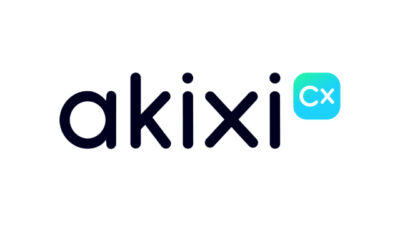Over the past five years, with the maturing of G-Cloud and the Cloud First approach, and the more recent green light given by Government to the use of public cloud, the public sector, including the NHS, has been exploring digital transformation – modernising and improving its systems and services to deliver a better experience to citizens, patients and staff.
There has been a lot of focus on hybrid Cloud, wireless, VDI and similar headlining technologies, but some of the most impressive stories in the field are coming from that most traditional of areas, telephony.
For some reason, telephony always strikes me as the unfashionable poor relation of the tech family. For a long time it’s seemed like people’s mindset hasn’t moved on that much from calls and lines, where it’s about achieving the cheapest tariff rather than securing the best game-changing technology. But public sector organisations are slowly starting to ring in the changes and are looking at telephony not simply as an operational imperative but a true enabler.
Let me share five examples of what that mindset change has brought about:
- A doctor’s surgery is now able to deliver a better patient service by being more responsive to call demand around appointments, test results and prescription delivery.
- A CCG has rolled out collaborative working across its members, with surgeries taking calls for one another in peak times, and also supporting innovations such as personalised messaging and video calls.
- A government body in their complaint resolution work, brings clarity and certainty by giving access to historical recordings and reporting, and ultimately improving citizen satisfaction.
- A large primary care trust can leverage insights from call reports, aiding the running of a centralised patient contact centre that can still answer as a patient’s local surgery, driving down the incidence of lost calls and caller frustration.
- A busy housing association can identify peak call times and resource their contact centre accordingly, improving tenant satisfaction and reducing costly over-manning in quieter periods.
What is common to all five was a willingness to understand their call volumes and flows, a recognition of the impact poor call handling had on their callers and a commitment to change both process and technology to radically improve performance.
Switching to a suitable IP telephony or cloud telephony solution is your first step – that’s the key to unlocking the insight over your entire voice estate: how many calls, how many lost calls, how long to answer, how many engaged tones, how much on hold time, peak times etc. With those metrics understood, you can map a better call experience – routing calls accordingly and defining better handling routines. You can sit down with your team and your telephony partner and work out what that better call experience looks like, what KPIs you need to hit and what telephony-cum-operational strategy you need to adopt to make it happen.
That’s the work I’m doing with public sector clients at the moment across health and local government. The changes we are able to make, and to make very quickly, are exciting – especially when you also consider some of the telephony-led innovations coming along. A recent project, which saw the complete overhaul of the telephony approach including the introduction of video appointments and real-time wallboards, has helped one city health centre handle contact from over 1000 patients in one day, with a reduced wait time, reduced lost calls, more streamlined manning, and increased patient satisfaction. The staff feel empowered, and in control, and happier to be delivering the sort of patient experience that everyone wants.
We need to stop seeing telephony as the poor relation; today, with all the value it can add, it really is the rich benefactor.



